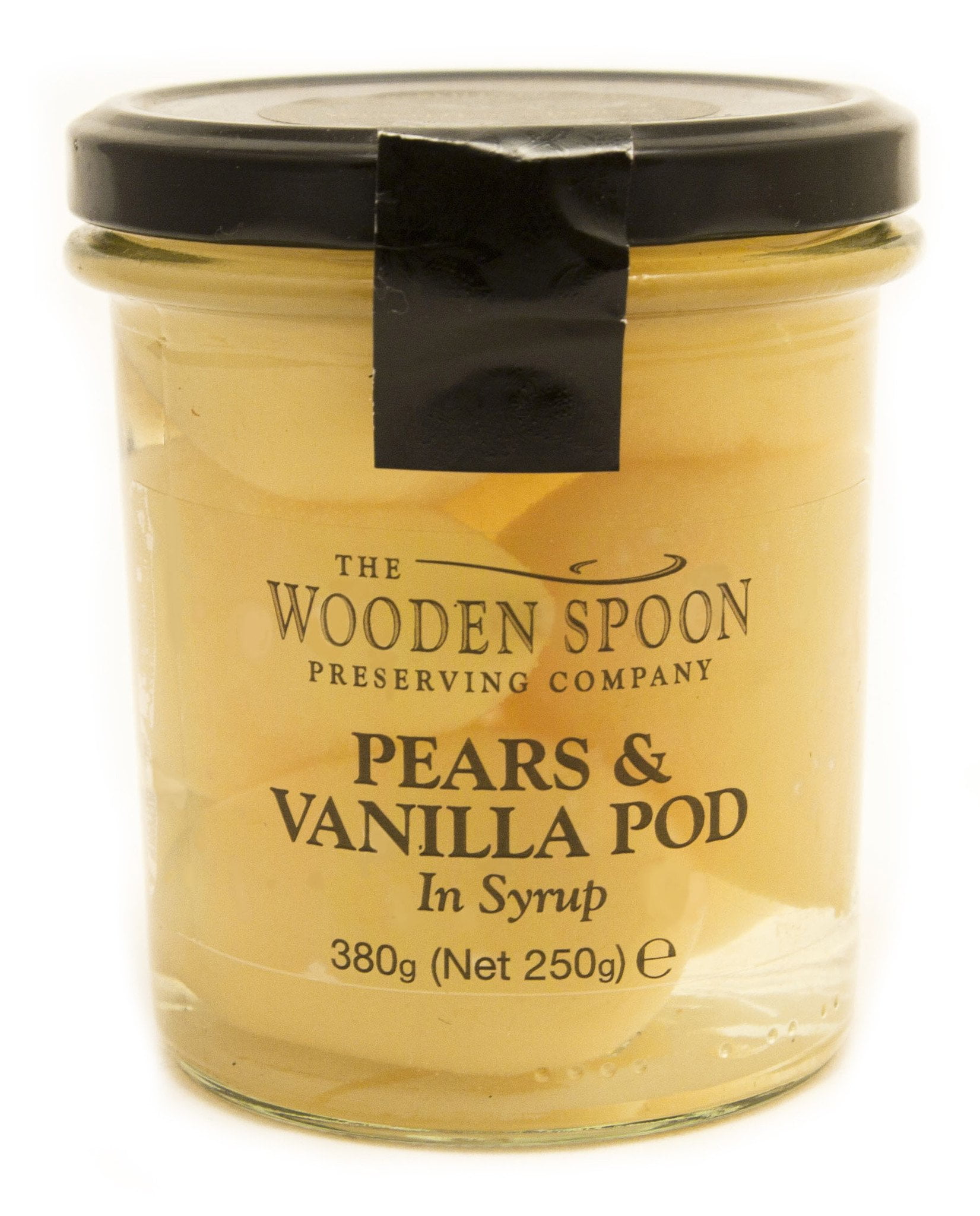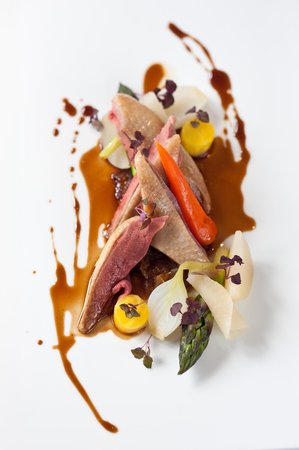

When you can’t use vanilla, choosing another flavor profile and rolling with that instead may be the next best option.įor example, in place of vanilla extract, you could add 1–2 tablespoons (15–30 mL) of chai spice to a batch of cookies or your favorite pound cake recipe.Ī dried herb like lavender adds a floral depth to oatmeal or yogurt, similarly to how vanilla would.Įven when you’re using vanilla to build flavor in savory dishes, warm spices like cinnamon and cloves might be able to compensate for a lack of vanilla.

People use vanilla to add depth of flavor to a dish. For that reason, you might want to use less extract than you normally would to make sure the flavor isn’t too overpowering. Still, using another flavor in place of vanilla extract could drastically alter the taste of your final dish.

You can also find orange, peppermint, and coffee extracts, and more - many of which work beautifully in chocolate and baked goods. That means, replace every 1 tablespoon (15 mL) of vanilla extract in the recipe with 1 tablespoon (15 mL) of almond extract. You can replace vanilla extract with almond extract at a 1:1 ratio. (15 mL) of vanilla-flavored milk or omit the vanilla extract and use vanilla milk to replace the milk in your recipeĪs is the case with vanilla, a myriad of flavored extracts is made from other natural and artificial flavors.Īfter vanilla, one of the most common extracts people use in baking is almond extract. Omit the vanilla extract and use this option to replace the sugar in your recipe or sprinkle on top of the finished dishĪ combination of sugar and water infused with vanilla beans Omit the vanilla extract and use this option to replace the salt in your recipe or sprinkle on top of the finished dish (8–15 mL) of vanilla bean powderĪ combination of vanilla extract and vanilla bean powder The name ‘Bourbon’, label created in 1964, designates a geographical area of the Indian Ocean including Reunion, Madagascar, the Comoros and Mauritius in which Vanilla Planifolia flourishes.To replace 1 tbsp. Its Inability to be reproduced without the help of man, due to the absence of a pollinating bee called ‘Melipone’ in southern Africa, forces the producing populations to fertilize the flowers by hand. Brought back to Europe by Hernan Cortes in 1529 after having tasted the flavors and virtues with the local Aztec tribes, it was only introduced towards the middle of the 19th century in Reunion Island before being established in Madagascar in 1880. The origin of Vanilla Planifolia found on hot Malagasy lands dates back to its discovery by the Spanish conquistadors who landed in Central America during the 16th century. Particularly used by industrialists and companies creating natural flavorings wishing a product more inclined to be handled according to their transformation process, also requested by craftsmen preferring pods of less water-rich qualities. Indeed, depending on the type of Red vanilla considered, the breadth of its aromatic palette (more than 150 compounds including vanillin) in relation to the quantity of initial material, makes it a solution of choice for caviar extraction and processing in the form of powder, liquid extract or other formulas (oleoresins). Its advanced desiccation allows a better yield of extracted vanillin per kilo which offers a cost advantage. It reveals good aromas commonly found in Gourmet vanilla and TK but more raw. We find the so-called European Red as well as the US Red, the latter having a humidity of less than 15%. A vanilla recognizable by its red and textured colour, conferred by a hygrometry rate of less than 25%.


 0 kommentar(er)
0 kommentar(er)
